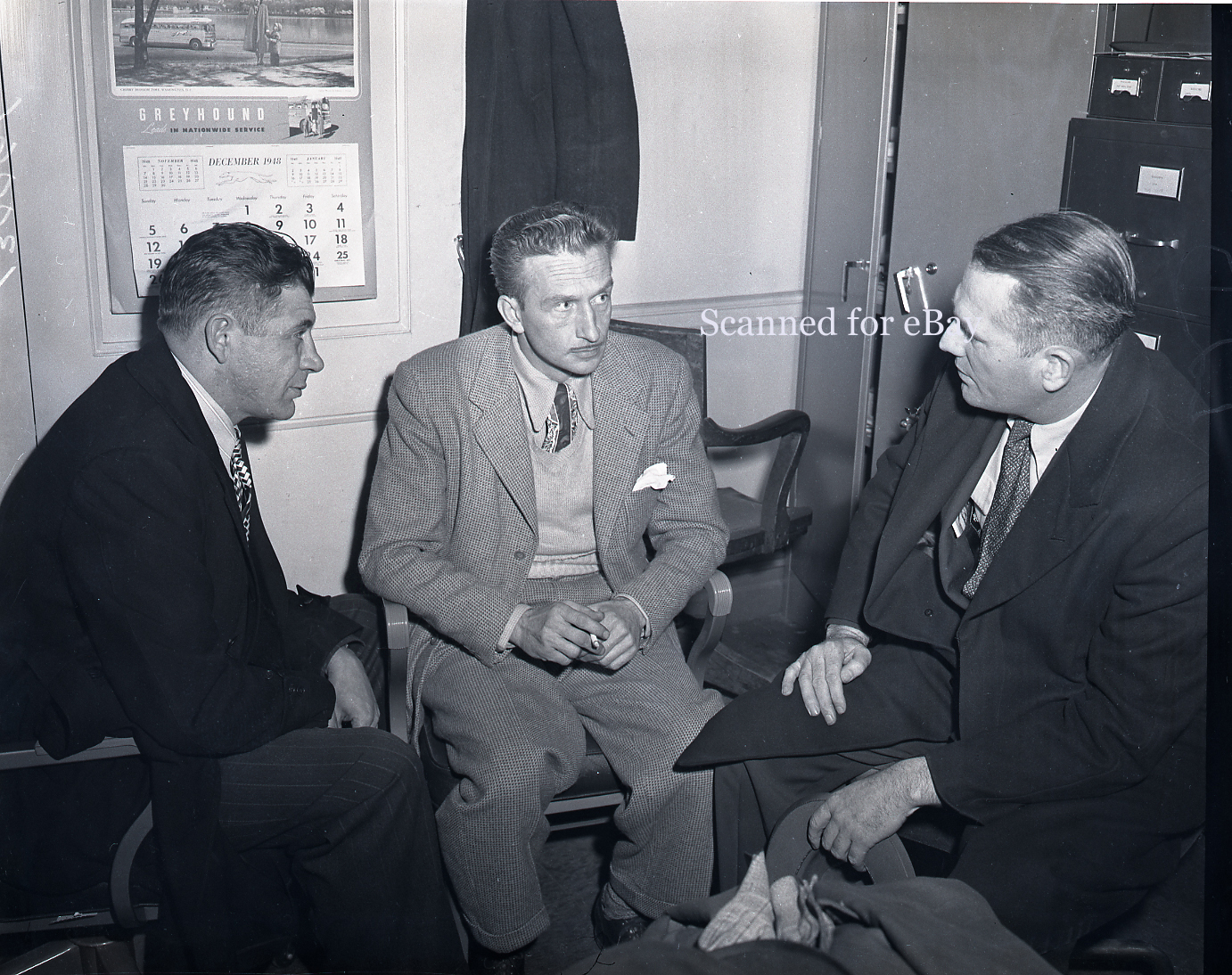

Jan. 15, 2007
Los Angeles
While making my daily check of EBay, I found another envelope from 1907, this one addressed to A. Victor Segno, 701 N. Belmont.
A brief check of Proquest reveals—what’s this? A major scam artist, self-help author and wife-stealer.

A. Victor Segno turns out to be the operator of the American Institute of Mentalism. Here’s how it works: Members agree to send Segno $1 ($21.30 USD 2005) a month. In return he sends out a “success wave” twice a day.
According to Segno’s literature: “The vibrations which Prof. Segno is able to produce in people, through being in harmony with their mentalism, is often felt by them, though thousands of miles distant, as a sensation similar to a slight electric shock.”
And a testimonial: “When I commenced taking the treatments with your club I was full of doubts as to the effects, but as I was anxious to be successful and had little to lose and all to gain I continued to take them. I have been a member less than two months and the following are the results:
“At the time I joined the club I was sick, but compelled to work and for very small wages. Shortly after I began to feel better. On the 7th of this month my employer sold me his stock of goods on credit. By the 21st I had paid $100 on the cost of the stock and on the 24th I sold the stock for ($300 or $800) over the cost and reserved an interest in the business.
“You no doubt will be glad to learn that since joining your club I have improved in health, supported myself and little baby girl and made over $1,000, and risen from a servant to be a proprietor. I have also secured a position as traveling agent for a Chicago firm at a large salary. It is wonderful to me.”
Busy though he was sending out success waves, Segno was able to write two books: “How to Live 100 Years” and “How to Be Happy Though Married,” available from the institute for $3 each. Later works included “Personal Magnetism,” “The Law of Mentalism” and “How to Have Beautiful Hair.”

Apparently Segno did a thriving business because in a few years he was able to plan a large estate at Belmont and Kane, which was featured in The Times. The letter, addressed to 701 N. Belmont, was presumable sent to the institution on “Inspiration Point” over Echo Park, although I can’t locate it now.
In 1911, however, Segno left Los Angeles, ostensibly to set up a similar school in Russia. Shortly thereafter, his longtime personal secretary, Mrs. Irene Weitzel, a recently married woman whom he had employed since she was a young girl, vanished on an alleged trip to Chicago to visit her parents.
In response to reporters’ questions about whether Segno had run off with his secretary, his wife, Annie Dell Segno, replied: “It isn’t true, unless my husband has lost his senses.”
“An official of the school admitted that Mrs. Segno is greatly perturbed and admitted that there had been talk about Segno and the girl for some months,” The Times says. “She said that when such stories came to her ears she had hotly denied them because Segno’s teaching and life stood out in her mind as everything ideal.”

A. Victor Segno and "success waves" in action, from one of his books.
Divorce eventually followed as Segno set up an identical scheme in Berlin. He returned to the United States about 1915 as the clouds of World War I formed over Europe. Thereafter, Segno vanished from the news while his ex-wife was mentioned in a 1923 story because she had married Harry T. Robinson, apparently a member of a robbery gang.
Thanks, EBay!
Lmharnisch.com
Lmharnisch.blogspot.com
E-mail: lmharnisch (AT) gmail.com
Labels: 1907, 1908, 1911, Black Dahlia, Books and authors, Education, Found on EBay, LAPD, Streetcars





















